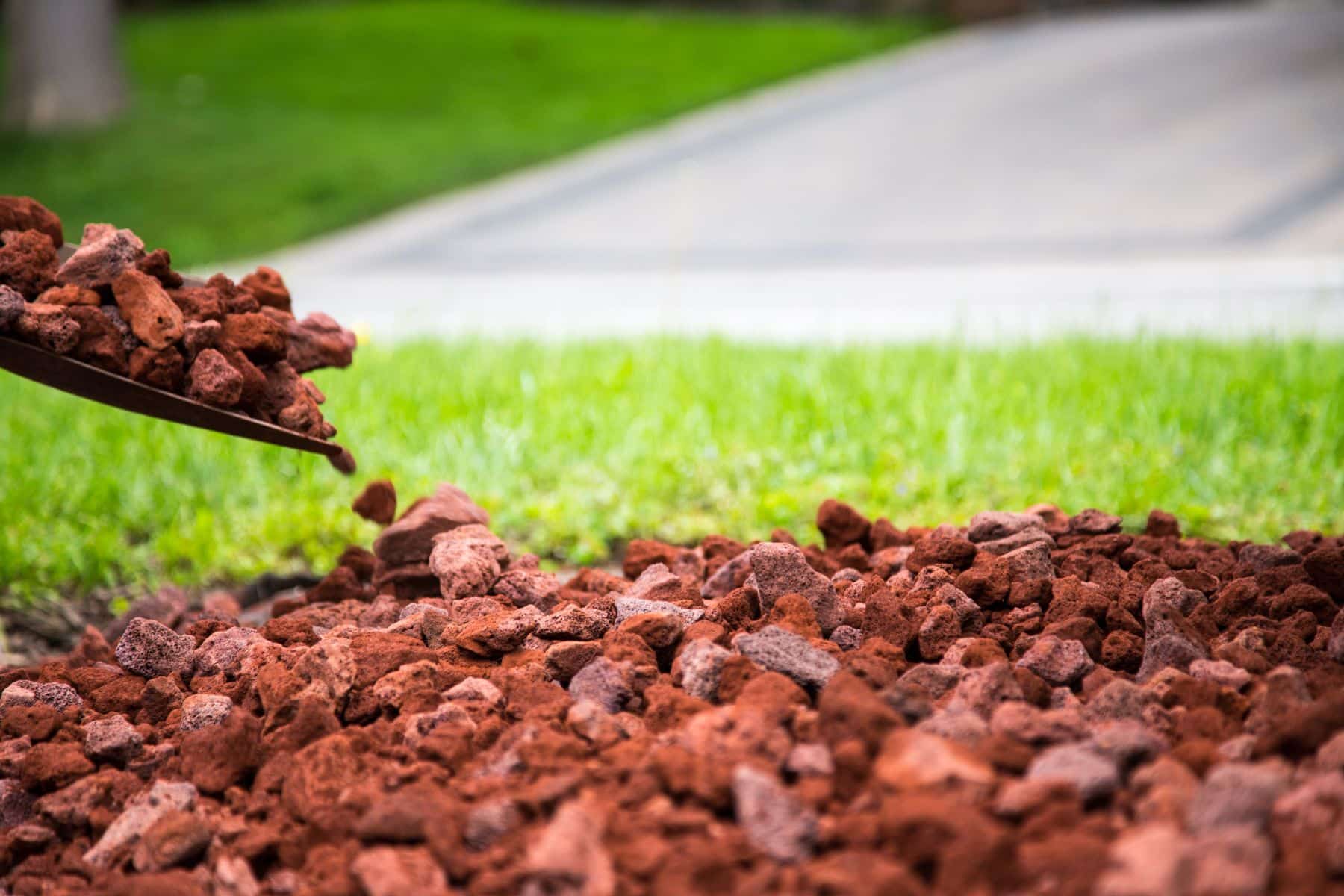There are a number of hardscape items that are often used within landscapes for everything from accents and details to pathways, central elements and more – and rocks are among the widest such categories. If you’re thinking about utilizing rocks for any distinct purpose or set of purposes in your landscape, two elements that are of particular importance are rock placement and long-term rock management.
At BioGrass Sod Farms, we’re happy to offer an unmatched selection of landscaping products to clients around Salt Lake City, including various kinds of landscaping rock and gravel to meet any need you may have. Here are some general tips on using rocks in your landscape – the factors that go into how they’ll be placed, plus some important areas of basic maintenance and upkeep that will help them provide optimal value and also last for many years in their original state.
Defining the Purpose of Rocks in the Landscape
One of your first steps when considering rocks in the landscape: Evaluating why you’re using them at all. Rocks can provide many different benefits, plus also work as a kind of decor or accent to your lawn and garden areas.
One key question here is whether it’s for practical or aesthetic reasons – perhaps both? For some property owners, rocks will be placed specifically to address erosion concerns or similar functional needs, while for others it’s purely about appearance and style. Landscaping rock is also often used as a way to create borders or edges around flower beds or other landscape features.
Choosing the Right Type of Rock
Once you’ve defined your purpose for using rocks in the landscape, it’s time to select the actual type of rock you’ll be using. There are several options available, and which is best for you will depend on factors like your budget, personal preferences and also practical needs.
Some areas where different rocks may be used in landscaping include aesthetics or decor, drainage, water retention or related themes. For erosion control purposes, larger rocks or boulders are often used, while smaller stones may be utilized for more decorative purposes.
Ensuring Proper Placement
Once you’ve chosen the right type of rock for your needs, it’s time to actually place them. This is a process that should be completed with care and precision – rocks can be heavy, so improper placement could result in serious injuries or other risks.
Placement will depend heavily on the purpose for which you’re using the rocks, plus also on factors like the grade of your lawn or garden area. For instance, if you’re using rocks for erosion control, you’ll need to place them in a way that promotes proper water flow away from the property.
Mulching Around Rocks
In many cases, one of the best ways to protect both rocks and their surrounding areas is through mulching. Mulch will help prevent weeds from growing, plus also limit erosion and related issues.
When placing mulch around rocks, it’s important to keep several inches of space between the edge of the rock and any surrounding plants – this prevents root rot or similar issues that may arise.
Other Weed Control Methods
In addition to use of mulch, there are a few ways you can look to prevent weeds from becoming an issue in any rock area of your landscape:
- Cleanliness: Keep the area around rocks clean and free of debris, including removing any existing weeds to prevent them from spreading.
- Pre-emergent herbicide: In certain areas, it may be wise to use an herbicide prior to planting new landscaping rock – this will limit weed growth in these areas specifically.
- Controlling moisture: Some weeds thrive in wet environments, so keeping the area dry when possible will help with weed control.
- Adding more rocks: If you’re able to do so, adding additional rocks may be a great way to prevent weeds from taking root. Tihs will help limit space where the weed can grow and also add more aesthetic value to your landscape area.
Fertilizer Considerations
Another theme to consider when it comes to maintaining value of your landscape rocks: Fertilization. Rocks can often limit the amount of nutrients that reach certain areas, which means fertilization may be required in these spots.
However, note that many types of rock are porous and absorbent, meaning they may actually end up holding onto fertilizer more than other areas. As a result, it’s important to use care when fertilizing rocks – avoid any harsh chemicals or those with high salt content that could damage them.
Ensure Proper Drainage
Finally, a vital area for rock maintenance is ensuring proper drainage. Rocks are commonly used within landscaping to help with water flow, but when they aren’t properly placed or maintained, they can actually impede this process and cause flooding or other issues.
To avoid such problems, ensure that rocks are set at an angle that will allow water to drain away from your property. This may require some landscaping work, but it’s well worth it in the long run to avoid costly issues.
For more on placing rocks in your landscape, or to learn about any of our landscaping products for clients around SLC, speak to the pros at BioGrass Sod Farms today.
